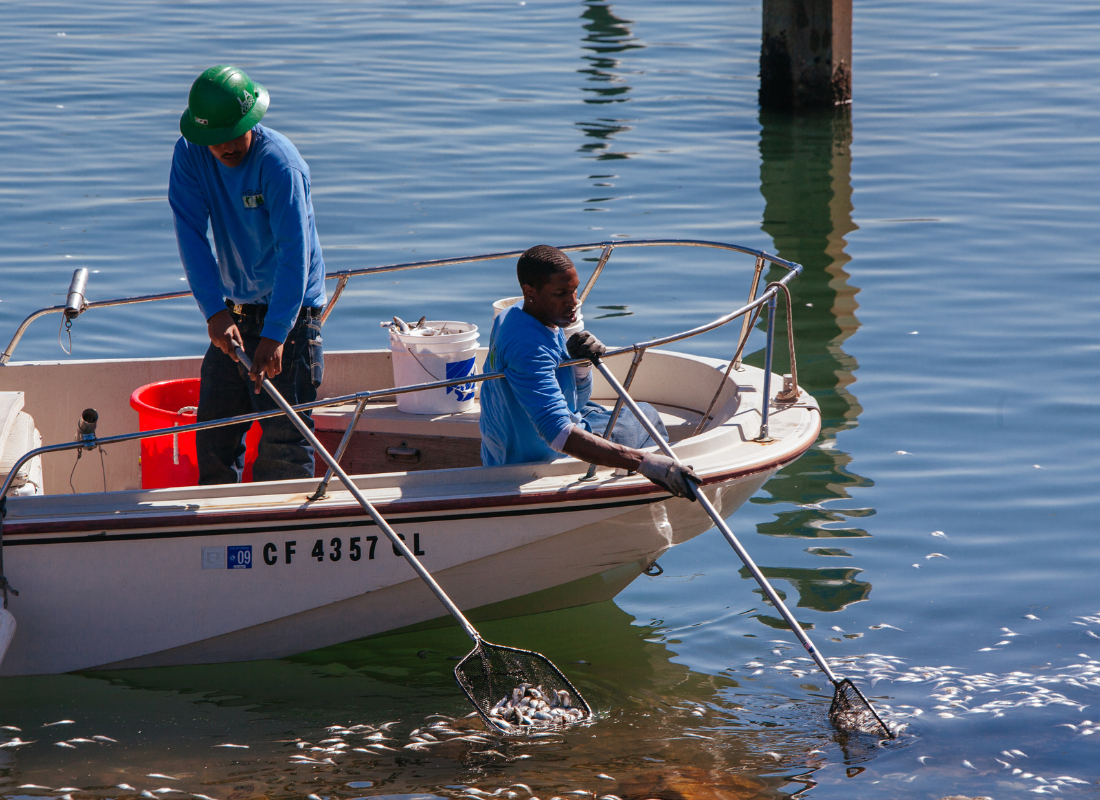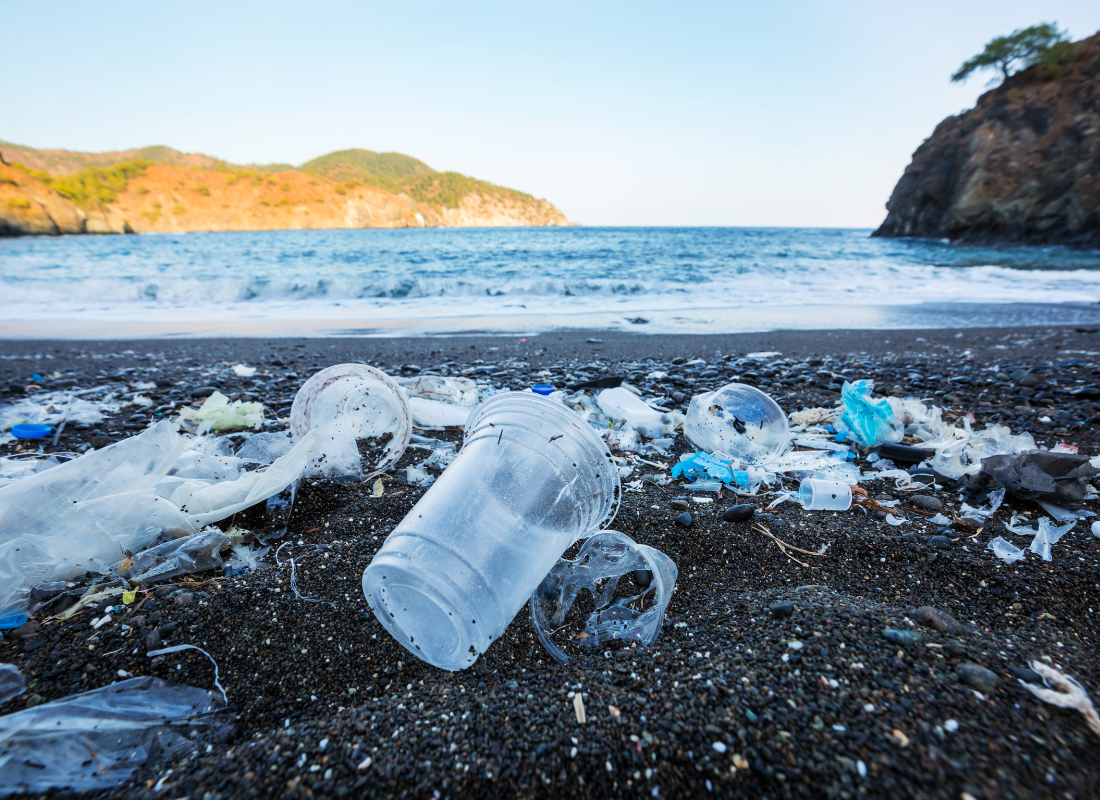
As we close out 2024, it’s essential to reflect on the progress we’ve made—and the challenges we still face—when it comes to protecting our oceans. This year has seen significant steps forward in ocean sustainability, from new legislation to groundbreaking scientific advancements and corporate commitments. Yet, despite these wins, critical challenges remain. Let’s review the key developments and look ahead to how we can continue making a difference in 2025.
2024’s Ocean Conservation Wins
New Legislation and Global Agreements
 This year, several countries passed landmark legislation aimed at reducing plastic waste and protecting marine ecosystems. The European Union, for example, implemented strict regulations on single-use plastics, mandating alternatives and ramping up penalties for non-compliance.
This year, several countries passed landmark legislation aimed at reducing plastic waste and protecting marine ecosystems. The European Union, for example, implemented strict regulations on single-use plastics, mandating alternatives and ramping up penalties for non-compliance.
Additionally, at the United Nations Climate Change Conference (COP29), a major agreement was reached, with world leaders pledging to protect 30% of the world’s oceans by 2030. This agreement provides vital hope for the future of marine biodiversity.
Corporate Pledges for Cleaner Oceans
 Corporations around the globe have also stepped up their commitments to sustainability. Companies in industries ranging from fashion to food have made significant strides toward reducing their environmental footprint, particularly in addressing ocean pollution.
Corporations around the globe have also stepped up their commitments to sustainability. Companies in industries ranging from fashion to food have made significant strides toward reducing their environmental footprint, particularly in addressing ocean pollution.
In 2024, major consumer goods companies like Unilever and Nestlé continued their efforts by advancing towards their goals of using 100% recyclable or biodegradable packaging by 2025. Coca-Cola, which remains a major contributor to plastic waste, has pledged to collect and recycle a bottle or can for every one sold by 2030.
In the tech sector, Apple continues to work towards a carbon-neutral supply chain by 2030, including a focus on reducing plastic in packaging. These corporate initiatives represent a critical shift in addressing one of the most pervasive forms of marine pollution—plastic waste.
Marine Clean-Up Efforts Gaining Momentum
 Projects aimed at cleaning our oceans have gained traction this year, thanks to new innovations and public-private partnerships. One standout effort has been the continued success of The Ocean Cleanup project, which expanded its reach in 2024 by removing thousands of tons of plastic from the Pacific Ocean.
Projects aimed at cleaning our oceans have gained traction this year, thanks to new innovations and public-private partnerships. One standout effort has been the continued success of The Ocean Cleanup project, which expanded its reach in 2024 by removing thousands of tons of plastic from the Pacific Ocean.
Simultaneously, grassroots organizations around the world have led beach clean-ups, often engaging local communities and schools, creating a culture of sustainability from the ground up.
Ongoing Challenges and Areas for Focus
Despite these wins, major challenges persist in the fight to protect our oceans.
Plastic Pollution Remains a Global Issue
 While many countries have made strides in curbing single-use plastics, the problem remains daunting. According to 2024 data, over 8 million metric tons of plastic still enter our oceans each year. This pollution is not just affecting marine life; microplastics are now found in seafood, water supplies, and even the air we breathe, creating a global health risk. It’s clear that we need to scale up efforts to develop innovative waste management systems and promote plastic alternatives.
While many countries have made strides in curbing single-use plastics, the problem remains daunting. According to 2024 data, over 8 million metric tons of plastic still enter our oceans each year. This pollution is not just affecting marine life; microplastics are now found in seafood, water supplies, and even the air we breathe, creating a global health risk. It’s clear that we need to scale up efforts to develop innovative waste management systems and promote plastic alternatives.
The Climate Crisis and Ocean Health
 The climate crisis continues to have a profound impact on the oceans, with rising sea temperatures, acidification, and increasing levels of carbon dioxide all taking a toll on marine ecosystems. Coral reefs, one of the most critical marine habitats, are in grave danger, with mass bleaching events becoming more frequent. In 2024, we saw significant damage to some of the world’s most vital reefs, underscoring the urgent need for climate action.
The climate crisis continues to have a profound impact on the oceans, with rising sea temperatures, acidification, and increasing levels of carbon dioxide all taking a toll on marine ecosystems. Coral reefs, one of the most critical marine habitats, are in grave danger, with mass bleaching events becoming more frequent. In 2024, we saw significant damage to some of the world’s most vital reefs, underscoring the urgent need for climate action.
Funding Gaps in Conservation Initiatives
 Many ocean conservation projects, particularly in developing nations, continue to struggle due to lack of funding. While international agreements and corporate pledges are promising, the financial resources required to meet ambitious conservation goals—such as protecting 30% of the oceans by 2030—remain inadequate. More investment, both from the public and private sectors, will be essential to scaling up conservation efforts and ensuring long-term ocean health.
Many ocean conservation projects, particularly in developing nations, continue to struggle due to lack of funding. While international agreements and corporate pledges are promising, the financial resources required to meet ambitious conservation goals—such as protecting 30% of the oceans by 2030—remain inadequate. More investment, both from the public and private sectors, will be essential to scaling up conservation efforts and ensuring long-term ocean health.
Looking Ahead: 2025 and Beyond
 As we move into 2025, it’s clear that ocean conservation needs to remain a top priority for individuals, governments, and businesses alike. There is momentum, and while the challenges are significant, the progress made in 2024 proves that collective action can lead to real change.
As we move into 2025, it’s clear that ocean conservation needs to remain a top priority for individuals, governments, and businesses alike. There is momentum, and while the challenges are significant, the progress made in 2024 proves that collective action can lead to real change.
We must continue to push for stricter regulations, support innovations in sustainability, and engage in meaningful conservation work. Whether it’s through advocating for policy changes, supporting sustainable businesses, or simply reducing our plastic consumption, each of us can play a part in protecting the health of our oceans.
Let’s carry the wins of 2024 forward and face the challenges head-on, ensuring that our oceans—and the diverse life they support—thrive for generations to come.




